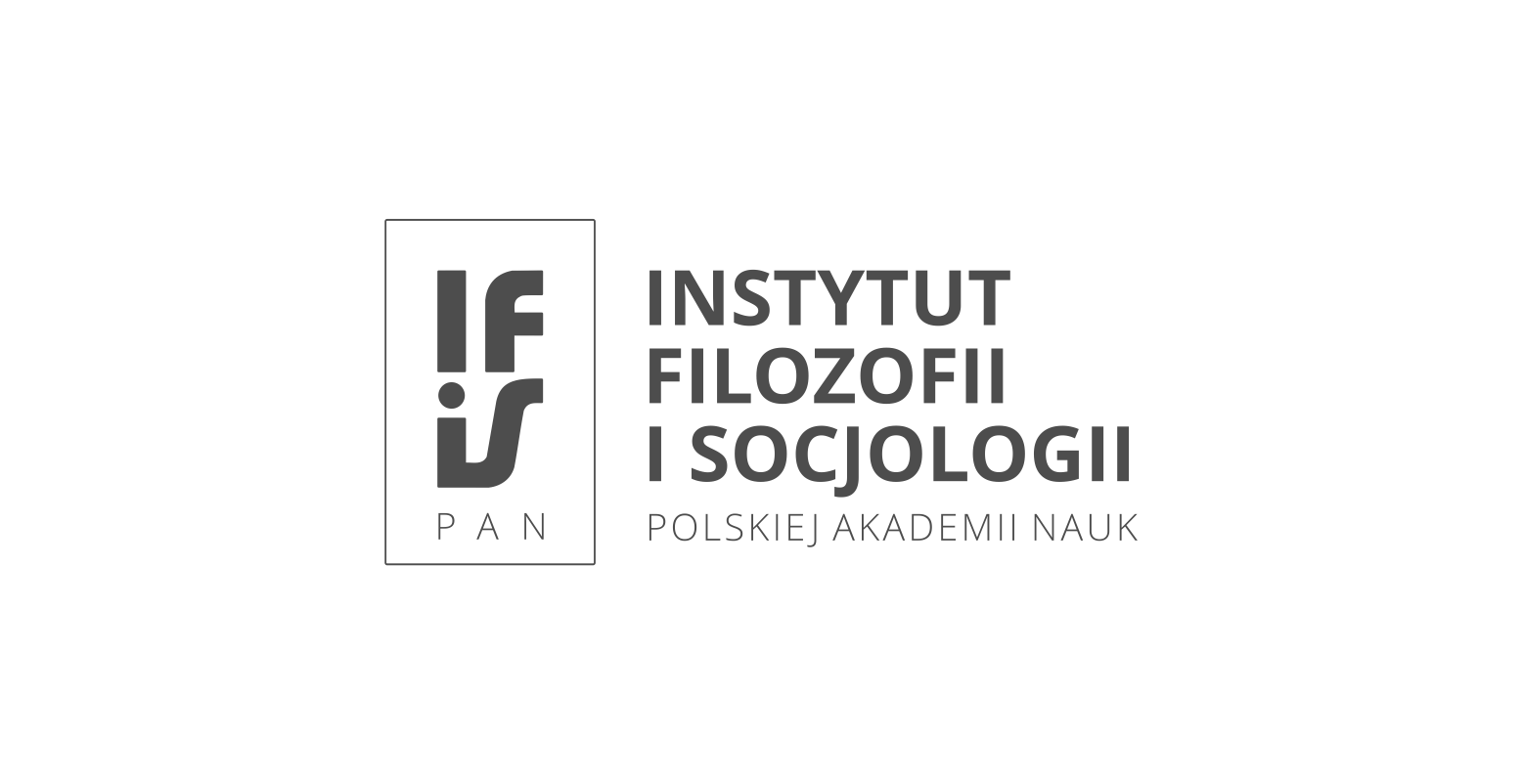Made in Iraq
Urban Change of Contemporary Baghdad and Its Architecture
The project explores architectural and urban transformations of Baghdad through the eyes of Iraqi professionals who worked in the city during the last two decades of the twentieth century. It analyzes their ideas and designs, responses to changing realities and means of resilience.
Since the 1950s rapid development of Iraq involved also profound transformation of the urban structure of its capital city, Baghdad. During four decades, various Iraqi governments commissioned numerous foreign professionals to design and implement projects in the city. The most famous architectural projects of that time included the University of Baghdad campus by Walter Gropius, building of the Ministry of Planning by Gio Ponti, and the Gymnasium by Le Corbusier. In addition, three successive master plans for the city were prepared by a Greek planner Constantinos Doxiades (late 1950s), Polish state-owned firm Miastoprojekt-Kraków (known in Iraq as Polservice – 1960s and 1970s), and Japanese consulting company JCCF (1980s). Through their involvement in these contracts as ministerial supervisors, local partners or trainees, Iraqi professionals acquired know-how and necessary experience. Furthermore, Iraqi authorities aimed at building their own national cadres through investing in education and creating opportunities for Iraqi students in the country and abroad. This policy manifested in establishing the Department of Architecture at the University of Baghdad in 1959. In the 1960s and 1970s Iraqi architects like Mohammed Makiya, Qahtan Awni, Rifat Chaderji, Saeed Ali Madhloom, Hisham Munir were commissioned to design main government buildings and other high-profile constructions in the city.
All foreign experts left the country in the wake of the Gulf War of 1990-1991 and many Iraqi professionals migrated in the course of the following decade. Those who remained in Iraq undertook a difficult task of rebuilding the country against all odds, including international isolation and economic embargo. The work and experience of these Iraqi professionals is the main focus of this research project. It explores their ideas and designs, projects and urban practices that changed the city between 1990 and 2003. Members of the research team analyze different case studies that showcase how the Iraqi professional community and other urban actors navigated the complex institutional, political, social, and economic realities of the time. The perspective of Iraqi urban actors provides new insight on the period under study, until recently analyzed predominantly through the lenses of geopolitics, global economy, and security. Putting urban situation and human perspective at the center of the inquiry, this project combines in-depth interviews with archival research. With many institutional archives destroyed or inaccessible, the team remains indebted to all research participants, who are willing to share with us their memories and experiences, as well as personal archives.

Lech Robaczyński, House for doctors — Kufah, sketch, 1963. Lech Robaczyński Archive.
Events & Activities
Resources
Zofia and Roman Artymowski Collection
Zofia and Roman Artymowski were renowned Polish painters and graphic artists. In 1959/1960, they traveled to Baghdad, where both taught art at local universities. During their extended stays in Baghdad in the 1960s and 1970s, Zofia and Roman Artymowski took active part in the Iraqi art life and educated many future artists and architects.
Zofia and Roman Artymowski Collection comprises scanned photographs, documents, and materials related to the professional lives of Zofia and Roman Artymowski during their time in Baghdad in the 1960s/1970s. The documents include an official letter summarizing Roman Artymowski’s work at the Institute of Fine Arts and a poster from his exhibition at Al-Wasiti Art Gallery in Baghdad (1966). The scanned catalogues include the work of Iraqi Pioneer Artists, as well as catalogues from exhibitions of Contemporary Polish Painting held in Tehran and Baghdad in 1977. The photographs capture moments from Zofia and Roman Artymowski’s classes with their students, alongside images of drawings, sketches, and posters created by the students under their supervision.
Media
Publications
Isolated Resilience: Urban Situation in Baghdad under International Sanctions (1990-2003)
- Keywords: Iraq, Baghdad, urban situation, urban actors, urban resilience, antifragility, sanctions
Team
Dr Dorota Woroniecka-Krzyzanowska
- Principal Investigator
- dorota.woroniecka@ifispan.edu.pl
Prof. Ghada Al Slik
- Co-Investigator
- ghada.alslik@coeng.uobaghdad.edu.iq
Institutions
The project “Made in Iraq: urban planning, reconstruction and change during international sanctions” is funded by the National Science Center, Poland, under grant no. UMO-2022/47/B/HS3/01431 and implemented at the Institute of Philosophy and Sociology, Polish Academy of Sciences.













